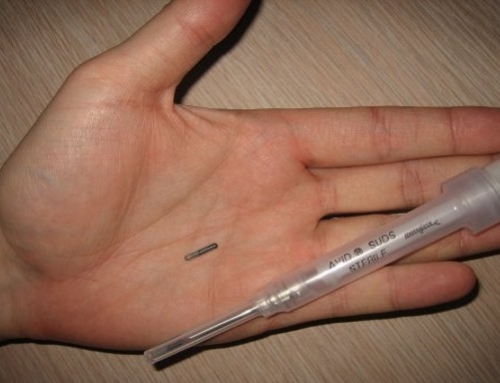Estimates are that more than 20,000 babies will be born in the U.S. with deformed heads and health issues because of the Zika virus in the next few years. Yes, a Wall Street Journal piece extrapolated that unfortunately realistic number.
The Journal piece based the estimate on how many children are typically born in areas where mosquitos that carry Zika can be found, percentages of moms likely to become infected, and rates of babies born with microcephaly, a birth defect where a baby’s head is smaller than expected usually due to abnormal brain development. The data is based on experience in Latin America since, until one year ago, little was known about Zika.
Zika was first identified as a virus in the 1940s and considered to be mild, with flu-like symptoms. It was also supposedly only transmitted by mosquito bites. The picture has changed considerably, however, since the current epidemic started spreading up the Americas in May 2015. It is expanding elsewhere in the world has startled health experts and lead to vastly expanded knowledge (and fear!) about the illness and its transmission.
Here are some facts about the illness garnered in recent months:
- Zika is primarily mosquito-borne, but it can be transmitted sexually and through blood.
- While it was believed that the virus is out of someone’s system after a few weeks, they have found the presence of the virus in semen two months after a man is infected. This has lead public health officials to recommend that people who visit and return from areas known to have mosquito-borne transmission use condoms during sex or abstain for six months.
- The risk to fetuses has led public health agencies to advise pregnant women to avoid areas where the virus is circulating.
- Health officials in Brazil, Colombia, El Salvador and Jamaica, as well as in Puerto Rico, suggested that women put off getting pregnant. Both the World Health Organization (WHO) and the U.S. Centers for Disease Control and Prevention (CDC) have repeatedly said are not advising women to delay pregnancy (presumably because of the politics regarding birth control and abortion). However, the WHO has urged countries to make contraception more available and the CDC has sought corporate donations of forms of birth control for use in Puerto Rico, which has a rapidly spreading Zika problem.
- Symptoms for many people are comparable to a cold or flu. In some cases, they may be so mild people do not know they have contracted the virus. This means that asymptomatic people can transmit the disease.
- Microcephaly is the most obvious physical effect tied to the Zika virus. There is also believed to be an association between Zika and neurological complications, including the rare Guillain-Barré syndrome, which has seen an uptick of cases in areas affected by the illness
The information on Zika continues to build as the epidemic spreads, but the long-term ramifications of the infection are unknown. If there are 20,000 deformed babies born in the U.S. , will they be functional or impacted for life by Zika? What other damage might exist neurologically in babies born from women infected with the virus? What complications like Guillain-Barré might emerge for adults who have the illness? The picture certainly is not an optimistic one.
Written and Edited by Dyanne Weiss
Sources:
Wall Street Journal: The Coming Trials of Generation Zika
The New York Times: W.H.O. Clarifies Advice on Sex and Pregnancy in Zika Regions
U.S. Centers for Disease Control and Prevention
World Health Organization: Updated guidance on prevention of sexual transmission of Zika virus
World Health Organization: Emergency Committee: Microcephaly, neurological disorders and Zika
Photo courtesy of Canwest News Service [Public domain], via Wikimedia Commons








